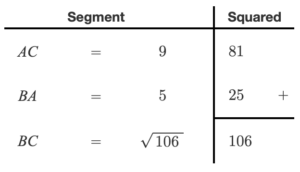Math Table
Tables occur almost everywhere in math education. Function tables, series, and ratio tables are just a few examples.
Tables are not just collections of values but often represent an underlying relation. Algebrakit can automatically evaluate student input against these relations and provide personalized hints and error feedback.
You can use Math Table to create many types of tables. Add rows, columns, and headers as needed, and add mathematical expressions, text, or input to cells. Optionally, add arrows above or below the table. These arrows can have input fields as well.
Example: Function Table
A basic application of a table. Calculate the value in each cell.
Example: Ratio Table
An important tool for fractions and percentages is the ratio table. This tool is available as a specialization of the Math Table question type. Algebrakit will automatically validate if the ratio table is valid and if the operations on the arrows are correct.
The arrows can also be used on regular (non-ratio) tables. Relevant for investigating linear, exponential and quadratic relations.
Example: Product Sum Method
An example of an open question. Students must find two divisors of -30 with -13 as their sum. They are free to try any set of values, while Algebrakit validates if the numbers are valid divisors and if they are summed correctly.
Example: Pythagoras Theorem
This is a nice example of a non-standard application demonstrating Math Table’s flexibility.
Segment BC must be in the bottom row, while the order of the two top rows is free.

